Cannondale Topstone Carbon Force eTap AXS: Getting Rolling – by MG
It’s an exciting time for lovers of new gravel bikes and gear, as manufacturers start to show their cards for the year to come. And while the news of Cannondale’s impressive new Topstone Carbon is just breaking today, we’ve been riding a top-line Force eTap AXS model for a few weeks now.

Today, we’ll give you an up-close look at our test unit, as well as our early impressions of the bike and its performance.
Diving into the Topstone Carbon Chassis
Built from Cannondale’s BallisTec carbon fiber, the Topstone Carbon frame is unique in a number of ways. With dropped seatstays, a big, boxy downtube and well defined lines, the profile of the Topstone Carbon frame looks similar to a number of modern frames from 15 feet away. Look closer however, and the innovations begin to appear.

Cannondale’s Kingpin suspension takes advantage of the highly tunable nature of carbon fiber to build a frame that’s stiff where it needs to be for precise handling and a responsive drive line, but more flexible in other areas to enhance comfort. The dropped seatstays have a pivot where they intersect with the seat tube, which frees them to flex upward more than without a pivot. When combined with strategic flex zones in the seat tube, top tube and rear triangle, the “Kingpin” suspension system provides up to 30mm of travel. That said, it’s not the same travel as you’d normally associate with a suspension bike.
The frame is basically a series of tuned leaf springs. Cannondale designed it so there’s more travel available at the saddle than at the rear axle. There’s no damper, no lockout, and no moving parts, aside from the pivot, which sees about 6-degrees of rotation at most, according to Cannondale.
Cannondale’s SAVE seatpost further isolates the rider from bumps and vibration. I’ve ridden this post on other bikes and have been impressed by the ride quality it provides by itself, so it should be a great match for the Topstone Carbon.
While the fork may look similar to the model that’s spec’ed on Cannondale’s alloy Topstone models, it’s actually an all new model developed specifically for the Topstone Carbon.

On our top-tier build, Cannondale balances the Kingpin rear suspension with the increased compliance of its carbon fiber HollowGram SAVE SystemBar and semi-integrated alloy stem. The bar bolts directly to the stem for a tidy, integrated look, combined with the ability to rotate the bars to suit different riders’ preferences. The carbon bar uses a flattened upper section to enhance its ability to flex (around 5mm, typically) to absorb more bumps and vibrations than traditional round bars.
Fit and Geometry
The Topstone Carbon fits similarly to Cannondale’s alloy Topstone models, but there are notable differences in the geometry of the two bikes, particularly in bottom bracket drop and chain stay length.
While alloy Topstone models have a generous 75mm of bottom bracket drop, Topstone Carbon models have 59-69mm of drop, depending on size. Our large/58cm tester has 61mm of drop, so compared to the alloy model, I sit 14mm higher on the Topstone Carbon than I do on the alloy bike, with the same seat height.
While this is likely good news for anyone wanting to ride the bike with 650b wheels (and their smaller effective diameter), it’s a bit of a mixed bag for 700c wheel riders. While I like the clearance of a little higher bottom bracket, I tend to prefer the handling of bikes with a lower bottom bracket. Time will tell if that’s the case here. It hasn’t called itself out in my early rides on the bike, so that’s encouraging.
The chainstays are 15mm shorter on the Topstone Carbon than on the alloy bike. It accomplishes this without too much sacrifice to tire clearance by using Cannondale’s Ai asymmetric construction, which has been used successfully for years on the company’s other high-end mountain and road models.
In layman’s terms, Ai moves the drivetrain outward a few millimeters, then re-dishes the rear wheel to center it in the asymmetric rear triangle. The additional space it creates makes it possible to have both short 415mm chainstays and clearance for 40mm tires.
The re-dish actually makes the rear wheel stronger by increasing the bracing angle of the drive side spokes. On the flip side, it’s a design feature that may make the Topstone Carbon frame incompatible with some aftermarket wheels (if they can’t be safely re-dished).
Build Kit
As you may have surmised, our top-end Topstone Carbon Force eTap AXS is equipped with SRAM’s new Force eTap AXS 2×12-speed drivetrain and HRD hydraulic disc brakes. This is my first direct experience with a SRAM eTap AXS wireless drivetrain, and straight away, I’ve been impressed. The ease of setup and customization through the AXS app is amazing, as is the quality of the shifting and braking. Battery life has also been more than adequate to date.

The HollowGram 22 carbon wheels are somewhat understated in look, but their performance is impressive. The rims feature a generous 25mm internal width to better support tires in the 35-40c range. The sleek, straight-pull hubs spin on smooth cartridge bearings and the rear hub features a DT-Swiss cassette driver for maximum durability. I haven’t had the wheels on a scale (yet), but they certainly feel light.
Cannondale specs the excellent WTB Riddler 37c tires on all Topstone Carbon models, and for the character of the bike, it seems like a match made in heaven. Plus, when mounted on the 25mm wide HollowGram carbon rims, the tires actually measure 39mm wide, according to my ‘caliper of truth’.
A comfortable Ti-rail Fabric Scoop Shallow Race saddle rounds out the impressive parts spec.
Initial Ride Impressions
The Topstone Carbon doesn’t just look fast… It is fast! From the first pedal strokes, there’s no mistaking the “pro bike” feel the bike exudes. The responsiveness to pedaling input is phenomenal, and the handling feels extremely capable. Folks that have ridden the alloy Topstone will find it feels familiar in handling, if just a hair quicker overall.

The Kingpin suspension is subtle, in that you don’t feel it working in an overt sense, but riding over washboards and rough gravel the ride is noticeably smoother on the carbon bike than it is on the alloy Topstone. It’s particularly impressive given the alloy bike has a ride quality that I wouldn’t define as ‘harsh’ in any sense.
They’re both winners, but based on our initial impressions, the carbon frame delivers a ride quality that’s befitting of it’s higher price (about $950 more with equivalent build kits).
In our next “Checkpoint” post, we’ll dive into the nuances of the Topstone Carbon’s performance on the road. Is the ride quality of the carbon frame and Kingpin suspension worth the $950 premium over the alloy frame for riders on a budget? We’ll give you our perspective in early July.
In the meantime, head out to Cannondale.com to learn more about the new Topstone Carbon.
Related Posts:
Please Note: Cannondale sent the Topstone Carbon Force eTap AXS for test and review at no charge to Riding Gravel. We are not being paid, nor bribed, for these posts and we will give our honest thoughts and opinions throughout.



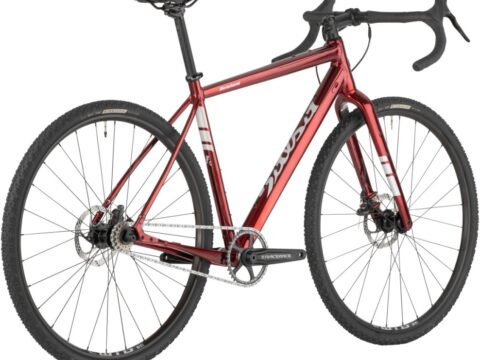
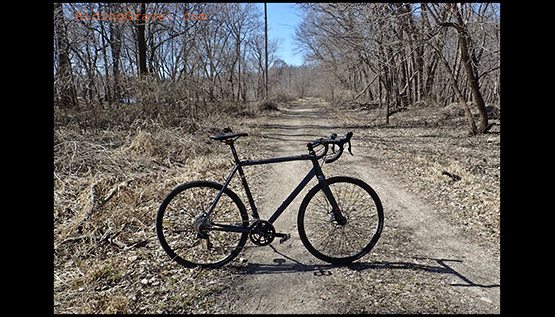
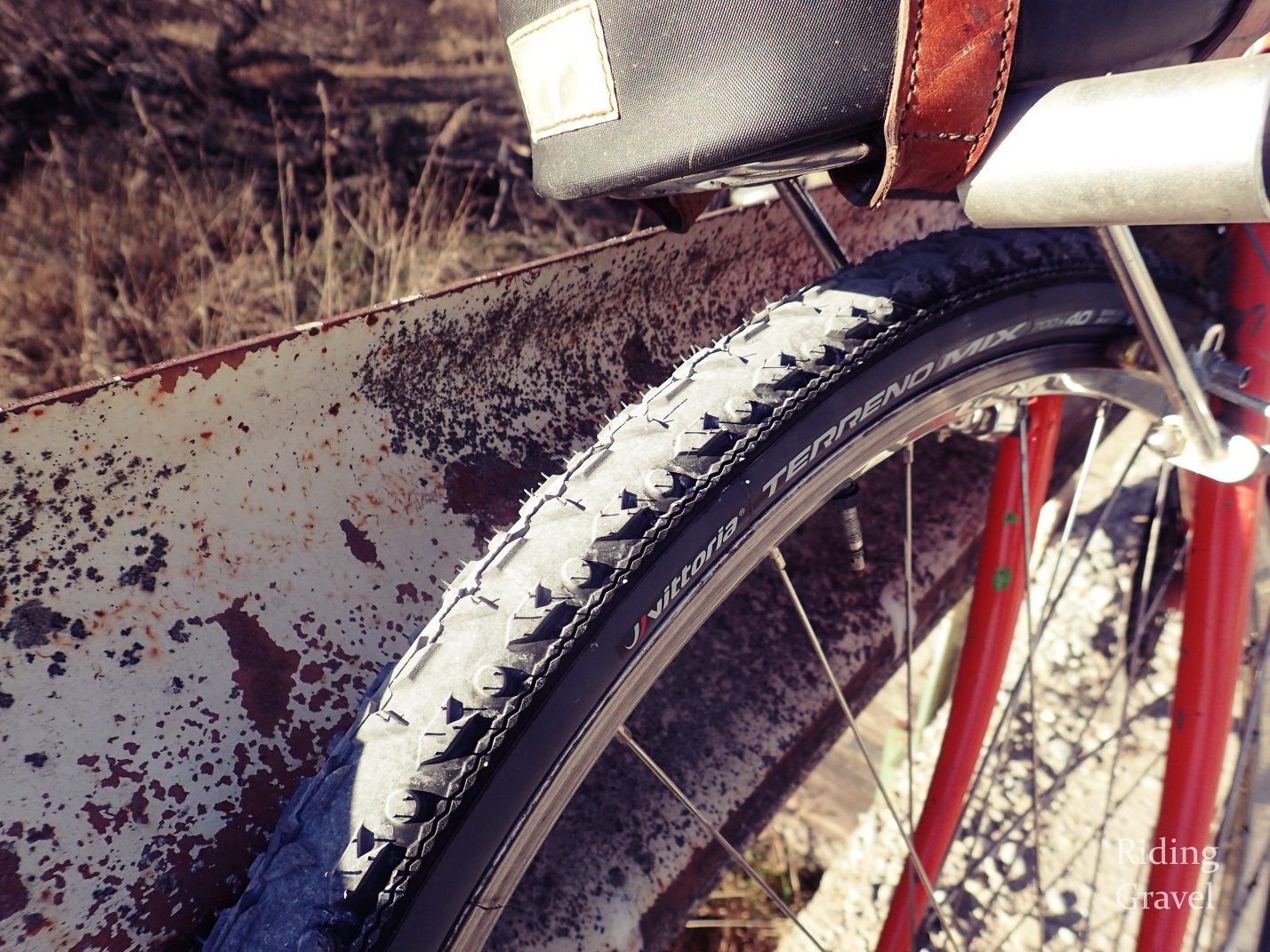
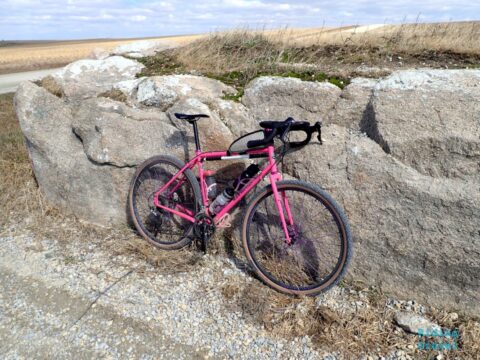
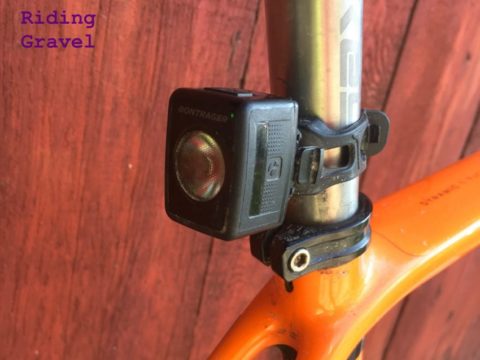
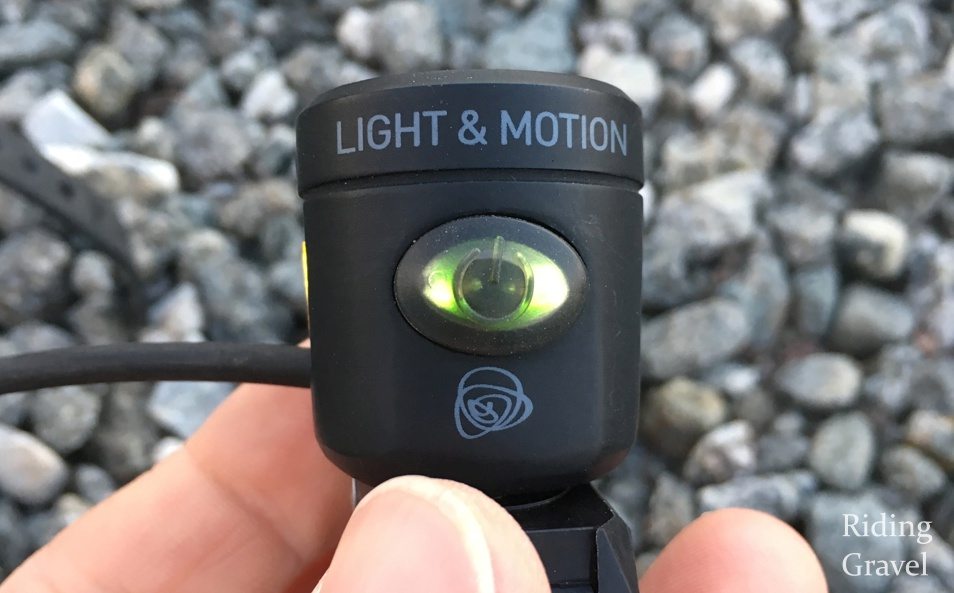
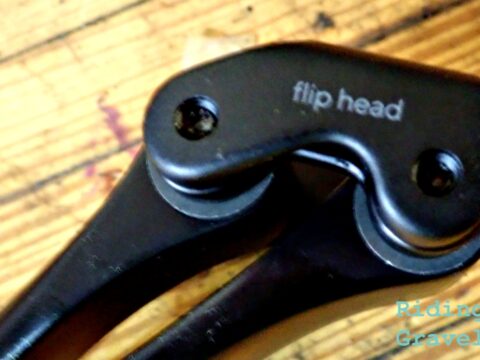
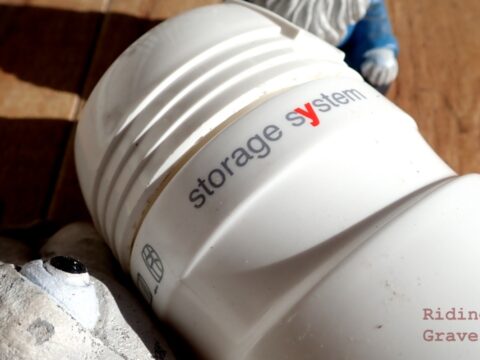

@MG very much looking forward to hearing more about the new Topstone. I’ve read on another site that once you drop the pressure in the tires to a more appropriate level, the suspension seemed to be diminished.
Asymmetrical rear end means you are going to miss out on your usual fun of swapping wheels. And might be a show stopper to some.
Something interesting to try would be a regular AL seatpost to see how much compliance is the Save post vs the frame itself. Swapping the bars is a lot more work, but the effect of the Save bars is a big question as they only come on the top of the line model you have.
Thanks Guys… Good perspective. I’m hoping to try an alloy post in the bike, and if I do I’ll let you know how it goes.
Cheers!
Thanks guys… Good perspective from you both. I’m planning on trying an alloy post in the bike, as the SAVE seatpost definitely factors into the ride quality. I’ll report on my findings.
Great, I’ve since noticed that the 105 speced model does not even have the Save seatpost, so trying an alloy post is relevant to anyone interested in this model.
I tried a 105 version that was at my local shop and it was amazing!
However, I wonder how the comfort/compliance compares to a steel bike? I have been thinking of getting either this or a specialized sequioa (steel + carbon fork).
Great first ride review. Dying to hear your verdict on the $1,000 question:
Is the ride quality of the carbon frame and Kingpin suspension worth the $950 premium over the alloy frame for riders on a budget? We’ll give you our perspective in early July.
Hoping we hear back from you on this while it’s still early August!